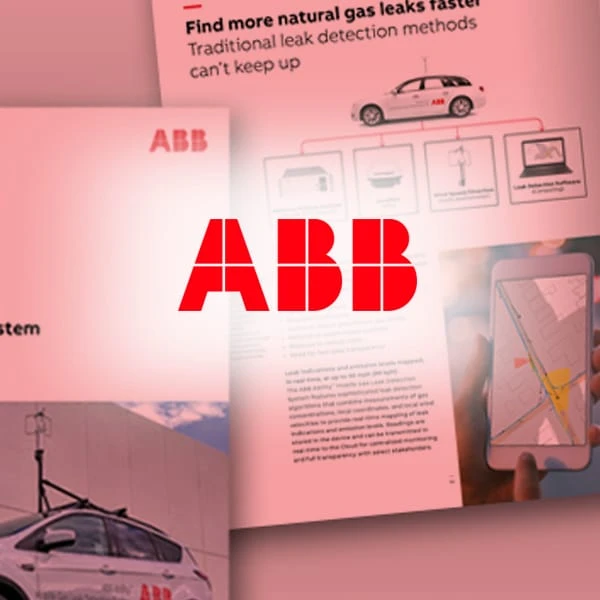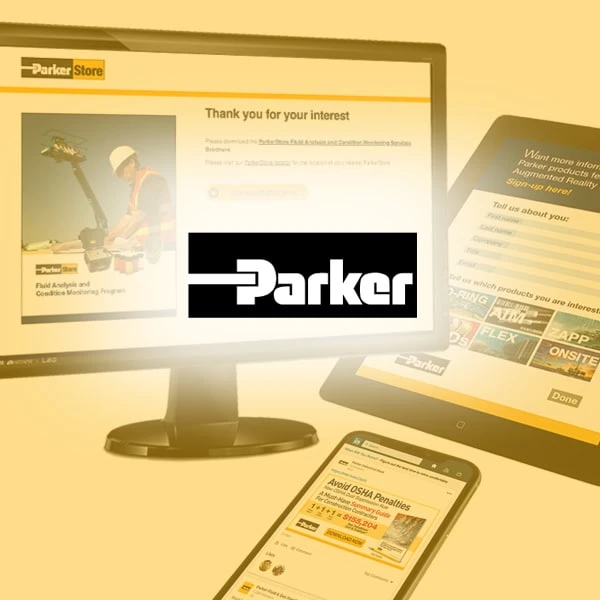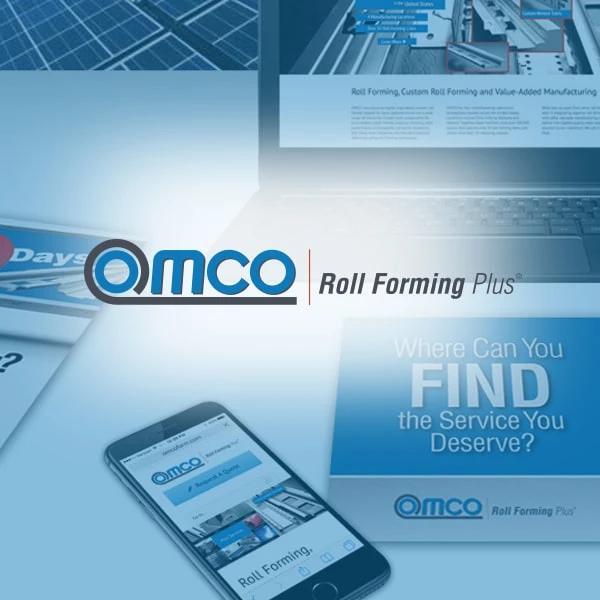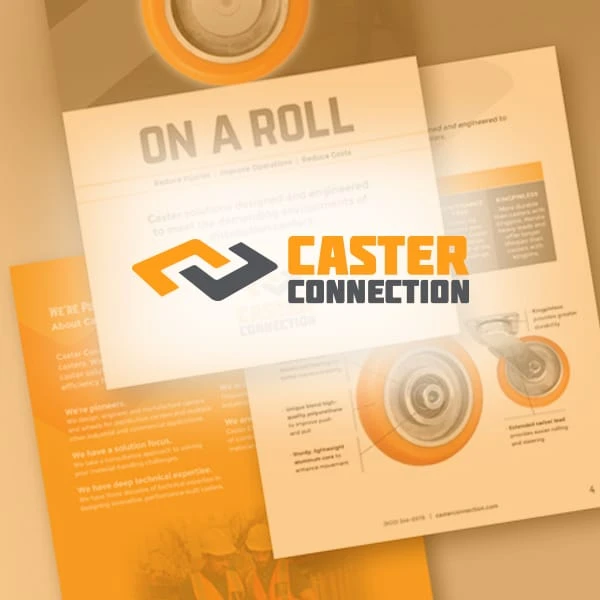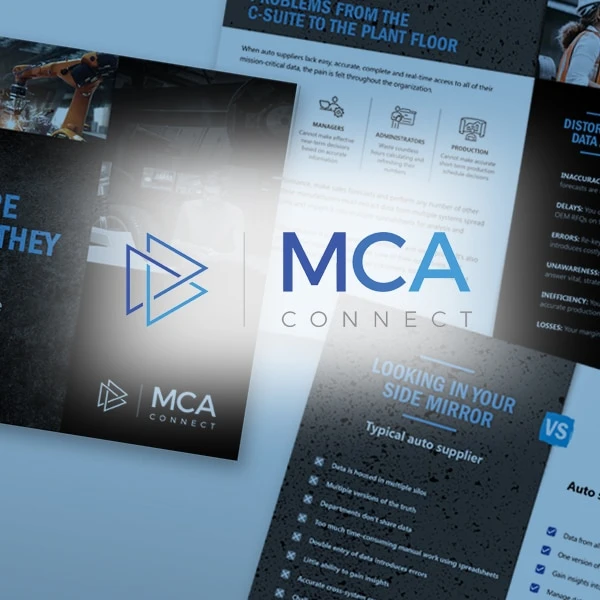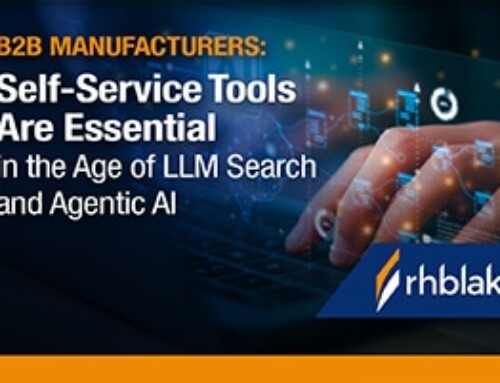One of the greatest obstacles many companies face when starting a thought-leadership program is deciding what to say. While many B2B manufacturers have the budget and staff to support thought leadership, they often delay creating content because they lack clarity on what to focus on. This post aims to help you overcome this challenge by providing a strategic framework for selecting impactful topics for thought leadership content.
Seven Pillars of Effective Thought Leadership Topic Development
One of the greatest obstacles many companies face when starting a thought-leadership program is deciding what to say. While many B2B manufacturers have the budget and staff to support thought leadership, they often delay creating content because they lack clarity on what to focus on. This post aims to help you overcome this challenge by providing a strategic framework for selecting impactful topics for thought leadership content.
Let’s first define what we mean by “a topic.” A topic for thought leadership is not a single blog post title, a marketing tagline or a one-off marketing tactic. Instead, a thought leadership topic is a strategic point of view, a strategic focus, that shapes a series of content pieces and establishes your authority.
Your topic is the overarching idea or concept that you want to own in the mind of your stakeholders (customers, prospects, suppliers, investors). When your stakeholders think of that topic, you want them to think of you.
Below are seven criteria for choosing an effective thought leadership topic, with examples of how B2B manufacturers can apply each one.
1. The Topic Is Topical
A topical issue is one that your audience is already discussing—or should be. These are often connected to your customers’ key challenges, common questions, fears, or knowledge gaps. Including contrarian points of view can also make your content stand out.
Topicality helps ensure that your thought leadership resonates with your audience. By addressing what’s on their minds, you increase the likelihood of engagement, trust and action.
Example: A manufacturer of industrial safety equipment focuses on the topic of “Improving Warehouse Safety in the Era of Autonomous Robots.” This addresses current concerns about safety protocols, employee well-being, and compliance with evolving regulations.

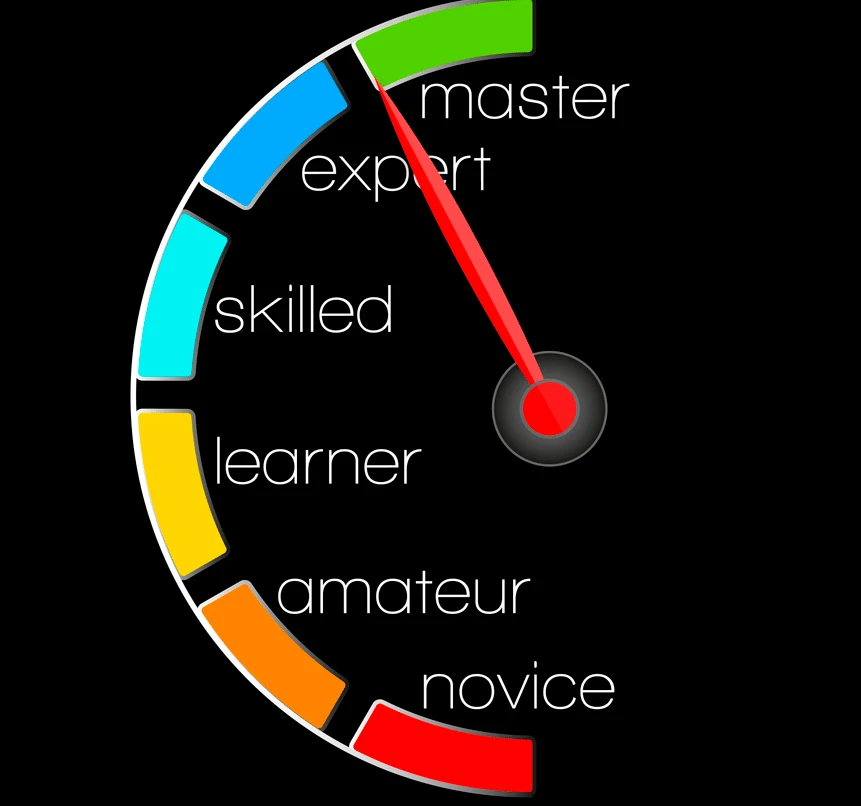
2. The Topic Is Within Your Expertise
Your thought leadership topic should align with your company’s expertise and subject-matter authority. Focus on areas where you have deep experience, proven results or unique insights. Positioning yourself as an authority builds credibility. When your audience sees that you understand the complexities of their challenges, they’re more likely to trust your solutions.
Example: A company specializing in robotics for manufacturing selects “How Robotics Is Revolutionizing Lean Manufacturing” as a thought-leadership topic to champion. This aligns with their expertise and demonstrates their ability to solve efficiency challenges in production environments.
3. You Bring a Unique Perspective, Solution or Insight
Choose a topic where your company offers a fresh perspective, an innovative solution or insights not readily available elsewhere. Highlight what differentiates you from competitors. Standing out in a crowded marketplace requires differentiation. A unique perspective attracts attention and positions you as a forward-thinking leader.
Example: A B2B manufacturer of advanced coatings focuses on “Sustainable Coating Solutions for High-Performance Applications.” By showcasing their innovation in eco-friendly materials, they set themselves apart from competitors.


4. The Topic Is of Strategic Value to Your Audience
Your topic should address a critical challenge or opportunity that directly impacts your audience’s goals. These goals include such areas as competitiveness, revenue growth, safety, sustainability, compliance and risk management.
Strategically valuable topics demonstrate that you understand and prioritize your audience’s needs, fostering trust and engagement.
Example: A supplier of energy-efficient HVAC systems chooses “The ROI of Energy Efficiency in Industrial Facilities.” This topic emphasizes cost savings and environmental benefits—key concerns for facility managers.
5. The Topic Is of Strategic Value to Your Organization
The topic should align with your company’s long-term strategic goals. It should help position your organization as a trusted partner in solving critical problems for your audience. Strategic alignment ensures that your thought leadership contributes to your brand’s positioning, deepens relationships and supports your business objectives.
Example: A provider of industrial IoT solutions decides to publish thought leadership about “Predictive Maintenance: The Future of Asset Management.” This topic reinforces their position as a leader in smart technology for operational efficiency.


6. The Topic Has Long-Term Impact
Choose a topic that allows for sustained exploration over time. Your focus should lend itself to multiple content formats, such as blogs, webinars, whitepapers, videos and research reports. Long-term impact ensures that your thought leadership investment pays off by remaining relevant—and by providing value over time.
Example: A manufacturer of additive manufacturing (3D printing) equipment chooses to focus on “The Evolution of Additive Manufacturing in Aerospace.” This topic offers opportunities for a series of content pieces on design innovation, material advancements, and cost efficiencies.
7. The Topic Is Not Already Owned by Your Competitor
It goes without saying, but we’ll say it anyway: avoid topics that are heavily associated with one of your competitors in the minds of your audience. Rockwell Automation, for example, owns the topic of The Connected Enterprise. Instead, carve out a niche where you can establish clear authority. Differentiation is critical in crowded markets. If a competitor already owns a topic, you will have difficulty gaining traction and credibility.
Example: If a manufacturer of specialty chemicals has a competitor who publishes thought leadership about general trends in electric vehicles, this company could focus on the role of specialty chemicals in enhancing battery life for electric vehicles. This narrow and unique focus positions the company as a thought leader in a specific application.

Conclusion
Choosing the right topic for thought leadership is a strategic decision that significantly impacts your brand’s visibility, credibility and authority. By focusing on topics that are, well, topical, as well as in your wheelhouse, unique, strategically valuable to your audience and organization, impactful over the long term, and differentiated from competitors, you set the stage for operating a successful thought leadership program.
For over 30 years, RH Blake has partnered with top organizations in the B2B manufacturing ecosystem to create and execute marketing strategies that drive targeted awareness, build preference, generate leads, and expand margins. Our deep expertise ensures your thought leadership not only connects with your audience but also delivers measurable business results.
Explore the impact of thought leadership on long sales cycle offerings by accessing our latest guide: 2025 Thought Leadership in Manufacturing Report: How Thought Leadership Influences Long Sales Cycle Offerings in the Manufacturing Ecosystem. Packed with actionable insights, this comprehensive resource is designed to help you navigate today’s competitive market with confidence.

"You guys met our expectations in every way. It [RH Blake Market Research] was the information we were looking for. Congratulations and Thank You!"
 Scott Griggs
Scott Griggs
Director of Services for Food Manufacturing and Food Service
ALS Global

"“I’ve gotten all that I’d hoped for from the RH Blake Growth Roadmap™ and more. Based on the research and insights, we adjusted our offering scope and sales approach. And this adjustment has been effective at generating new opportunities."
 Diane Reko
Diane Reko
President
REKO International

"RH Blake has been an outstanding partner. They deliver creativity, on time, and always so professional. We love working with them because of their perspective, support, and their efficiency in turning projects around quickly."
 Samantha Spano
Samantha Spano
Digital Product Marketing & Communications Manager
Industrial Automation Energy Industries
ABB
Related Clients






